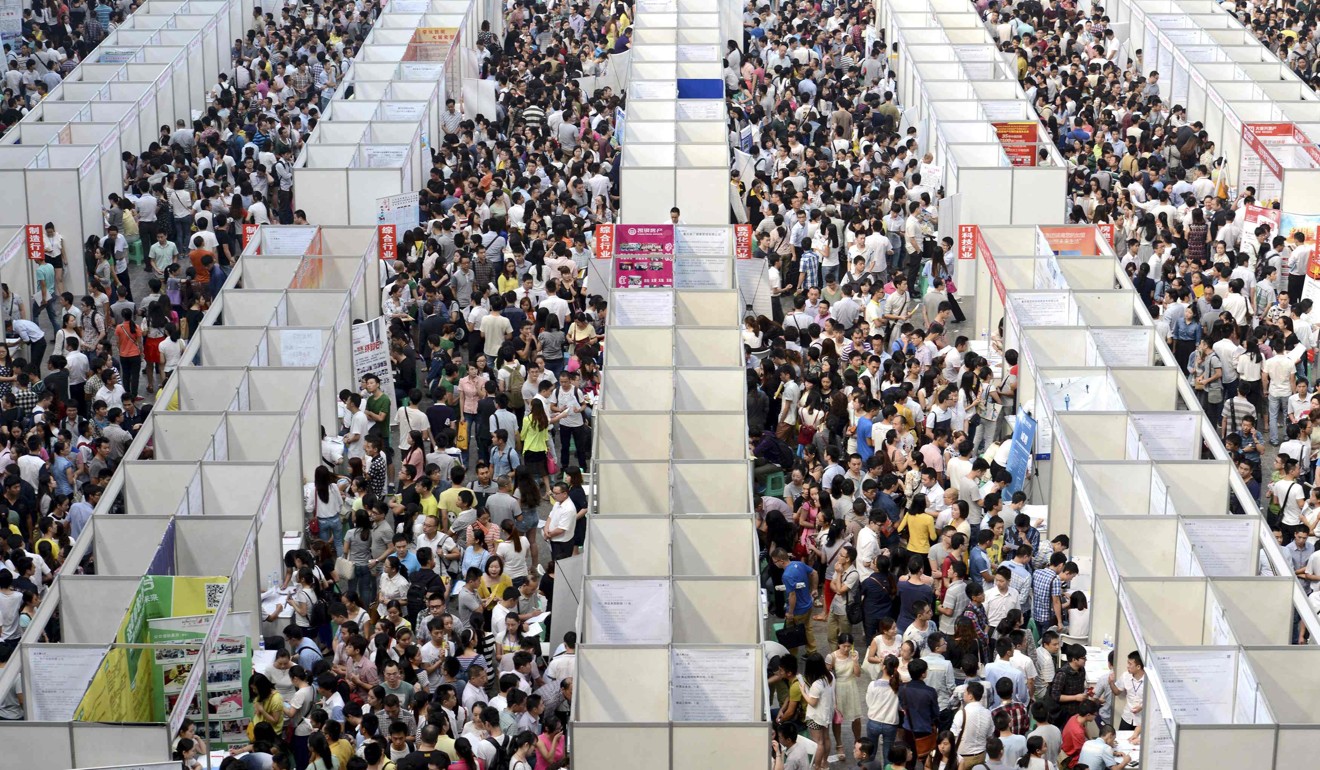
China ignores the ‘grey rhino’ threats to its economy at its own peril
Andrew Sheng says its policymakers are rightly being called on not just to watch out for unknown market dangers, but also deal with the known risks to the economy we tend to ignore
Every crisis is best remembered by a concept that explains it in simple terms. The 2007 global financial crisis is described as a “black swan” event – a low-probability but high-impact event. Most swans are white, but every now and again a black one appears. Black swans are difficult to predict, as we don’t see them often, but their impact can be devastating.
Since we are marking the 10th anniversary of the financial crisis, a new term has been coined by Michele Wucker, author of The Grey Rhino: How to Recognise and Act on the Obvious Dangers We Ignore. The “grey rhino” is the highly probable, high-impact yet neglected threat. She includes in that category issues such as climate change, terrorism, financial stress and social unrest.
The People’s Daily, commenting this week on a top-level financial work conference by leaders, exhorted regulators to prevent black swans as well as grey rhinos. This caused a flurry of comments in blogs on what constitutes a grey rhino.
Beijing watches out for ‘grey rhino’ and ‘black swan’ in the jungle of financial risks
An obvious candidate is the property market. Since real estate markets are valued at roughly 2½ to three times the gross domestic product, any sharp correction in prices would put considerable stress on the banking system and national wealth.
The second is the exceptionally low interest rate regime, partly caused by slow growth and the unconventional monetary policies, resulting in peak prices in stocks, bonds and real estate. The system is in a Catch-22, whereby if the US Federal Reserve raises interest rates further, asset prices may collapse, but if interest rates are not “normalised”, productivity remains low, as does growth.
Thirdly, many analysts are concerned about the rising corporate leverage in China and elsewhere.
Fourthly, increasing income and wealth gaps are threatening social stability. So far, in countries with relatively low levels of unemployment, the situation is manageable. But the growing level of youth unemployment is of major concern.

Fifthly, technology disruption is accelerating as the speed of new technology adoption in artificial intelligence, robotics, big data and the like are transforming business models. Kodak certainly ignored the grey rhino of digital photography and got run over. Firms like Takata, Toshiba and Volkswagen ignored signs of trouble from product quality, causing sharp falls in their share prices. None of the troubling signs were unknown.
US Volkswagen CEO apologises for emissions scandal
Wucker’s wise advice is not to ignore the rhinos, but to tackle the issues head on. First, admit the existence of the danger. Second, determine the nature of the beast – the scope and scale of the risks. Third, do not freeze and do nothing. Fourth, take lessons from what is happening. Fifth, take the long view and big picture, and focus on strategy and execution to get out of the dilemma. Sixth, the one who recognises the grey rhino is the one who will be able to control the grey rhino risks.
In Sun Tzu’s Art of War terminology – know yourself, know your enemy, win all battles.

China’s FAW to recall 680,000 more Mazda cars over faulty Takata airbags
Books like the Grey Rhino help us deal with the rising levels of uncertainty and discomfort brought by rapid changes in the environment. With markets so correlated, there seems to be no place to hide.
The current state of financial markets reflects a complex mixture of greed and fear
The current state of financial markets reflects a complex mixture of greed and fear. Investors are worried about the possibility of another financial crash, without appreciating where that trigger will come from. At the same time, liquidity in the market is such that you have to be invested, or you may miss the boom, in case the bubble goes even higher.
The analogy I like very much is the “black elephant” – a cross between the black swan and the elephant in the room. The black elephant is the huge elephant that everyone sees, but pretends not to see, suddenly doing something no one expects. The grey rhino is a variation of the black elephant.
Black swans, grey rhinos or black elephants are nothing compared with the “golden monkey”. Visiting the famous Monkey Forest in Ubud, Bali, I saw a sign: “Do not feed the monkeys and take care of your valuable possessions”. After all, we live in an age in which Hanuman, the monkey god from the Indian epic Ramayana, greatly disturbs the realm.
Great advice from the monkey forest.
Andrew Sheng writes on global issues from an Asian perspective

